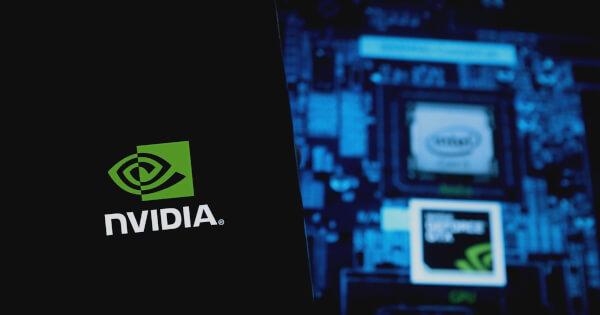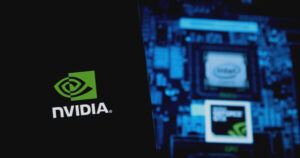Unlocking Efficiency: NVIDIA’s Game-Changing KV Cache Optimizations for Large Language Models
By Zach Anderson
Published: January 17, 2025
In an exciting leap forward for artificial intelligence and machine learning, NVIDIA has unveiled groundbreaking key-value (KV) cache optimizations within its TensorRT-LLM platform. As large language models (LLMs) continue to evolve, deploying them efficiently is paramount for developers and organizations harnessing their power. Thankfully, NVIDIA has stepped up to the plate, facilitating a smoother pathway for deploying these AI models on its GPUs, a development that the team at Extreme Investor Network believes could redefine performance benchmarks in the sector.

A Deep Dive into Innovative KV Cache Reuse Strategies
Language models operate by generating text through predictive algorithms. They rely heavily on historical context provided by key and value pairs. However, as these models scale—growing in size, batch requests, and context lengths—the demand for memory skyrockets. This is where NVIDIA’s latest optimizations shine, enabling a balance between necessary memory use and the costly operation of recomputing KV elements.
Among the notable enhancements are:
- Paged KV Cache: This feature allows segments of KV caches to be managed dynamically, reducing memory strain.
- Quantized KV Cache: By compressing key-value data, this strategy requires less memory without sacrificing performance.
- Circular Buffer KV Cache: Enhances memory usage by recycling older data blocks rather than constantly reallocating memory.
The inclusion of these features in an open-source library empowers developers to harness popular language models using NVIDIA’s robust GPU architecture, enhancing accessibility and innovation in AI.
Elevate Your Caching Game with Priority-Based KV Cache Eviction
One standout development is the introduction of priority-based KV cache eviction. This innovative feature revolutionizes how users interact with their caches by allowing them to determine which cache blocks should remain active based on their significance. This level of control is crucial for latency-sensitive applications where every millisecond counts.
By utilizing the TensorRT-LLM Executor API, operators can set retention priorities for various token ranges, ensuring that essential data remains cached longer. This advancement is predicted to increase cache hit rates by approximately 20%, significantly boosting performance and resource management.
Optimize Requests with the KV Cache Event API
NVIDIA has taken efficiency further by implementing a KV cache event API that enhances request routing in large-scale environments. This feature intelligently determines which instance should process a request based on the availability of cached data. Such strategic routing minimizes latency and maximizes resource utilization, essential for organizations that rely on AI models to deliver instant, reliable results.
With this capability, operational teams can track which instances have cached particular data segments, streamlining resource allocation and ensuring that requests are handled by the most optimal processing unit available.
Conclusion: A Future-Ready Approach to AI Deployment
Through these transformative advancements in NVIDIA’s TensorRT-LLM, users now possess unprecedented control over their KV cache management. These innovations not only reduce computational overhead but also pave the way for enhanced speed and cost-efficiency in AI application deployment.
As we look ahead, the improvements to TensorRT-LLM and their impact on the generative AI landscape cannot be understated. At Extreme Investor Network, we are excited to witness how these changes will inspire the next generation of AI applications, maximizing performance while minimizing resource expenditures.
Stay informed on these vital developments by following our insights at Extreme Investor Network, where we provide expert analysis and in-depth coverage of the cryptocurrency and blockchain landscape intersecting with artificial intelligence and beyond.
For an exhaustive look at these announcements, be sure to check out the full details on NVIDIA’s official blog.
Image source: Shutterstock

